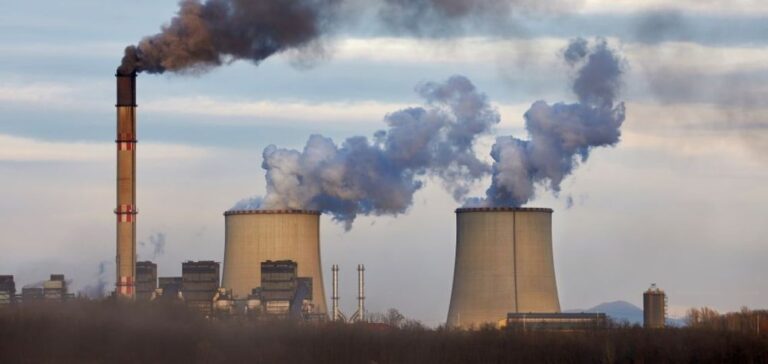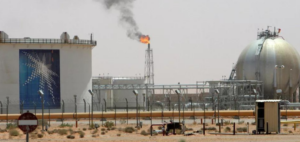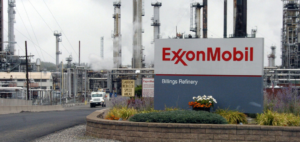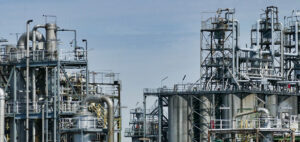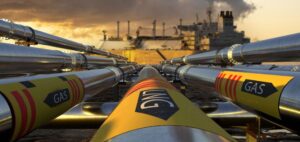States have never subsidized fossil fuels as much as in 2022, while the climate crisis requires the opposite. This is what the International Energy Agency (IEA) deplores.
The consequences of fossil fuel subsidies
Faced with the destabilization of energy markets due to the war in Ukraine and “extraordinarily high and volatile” prices, governments preferred to protect consumers and businesses. A measure that has a significant impact on public finances but runs the risk of reducing the incentive to use energy efficiently or to switch to clean energy.
Support in all countries
This aid is concentrated mainly in emerging and developing countries, but also in advanced countries such as Europe where the amount of subsidies is estimated at 350 billion dollars to reduce energy bills. This aid can take different forms: administered or capped prices, tax breaks, payment facilities or even bans on cutting off gas or electricity in the event of non-payment.
In total, these interventions have reached an all-time high with an estimated amount of more than one trillion (1000 billion) dollars to subsidize the consumption of fossil fuels. The aid for electricity and gas consumption has doubled and that for oil has increased by about 85%.
Recommendations for a better transition
The IEA therefore invites us to draw lessons for the future. Price increases are not the best way to drive the transition to clean energy, as they sometimes push people back to more polluting uses. It is therefore recommended to invest in structural changes rather than in emergency aid, and to better calibrate these subsidies so that they are targeted especially to the poorest who are often victims of the extraneous costs generated by an increase in energy tariffs.

